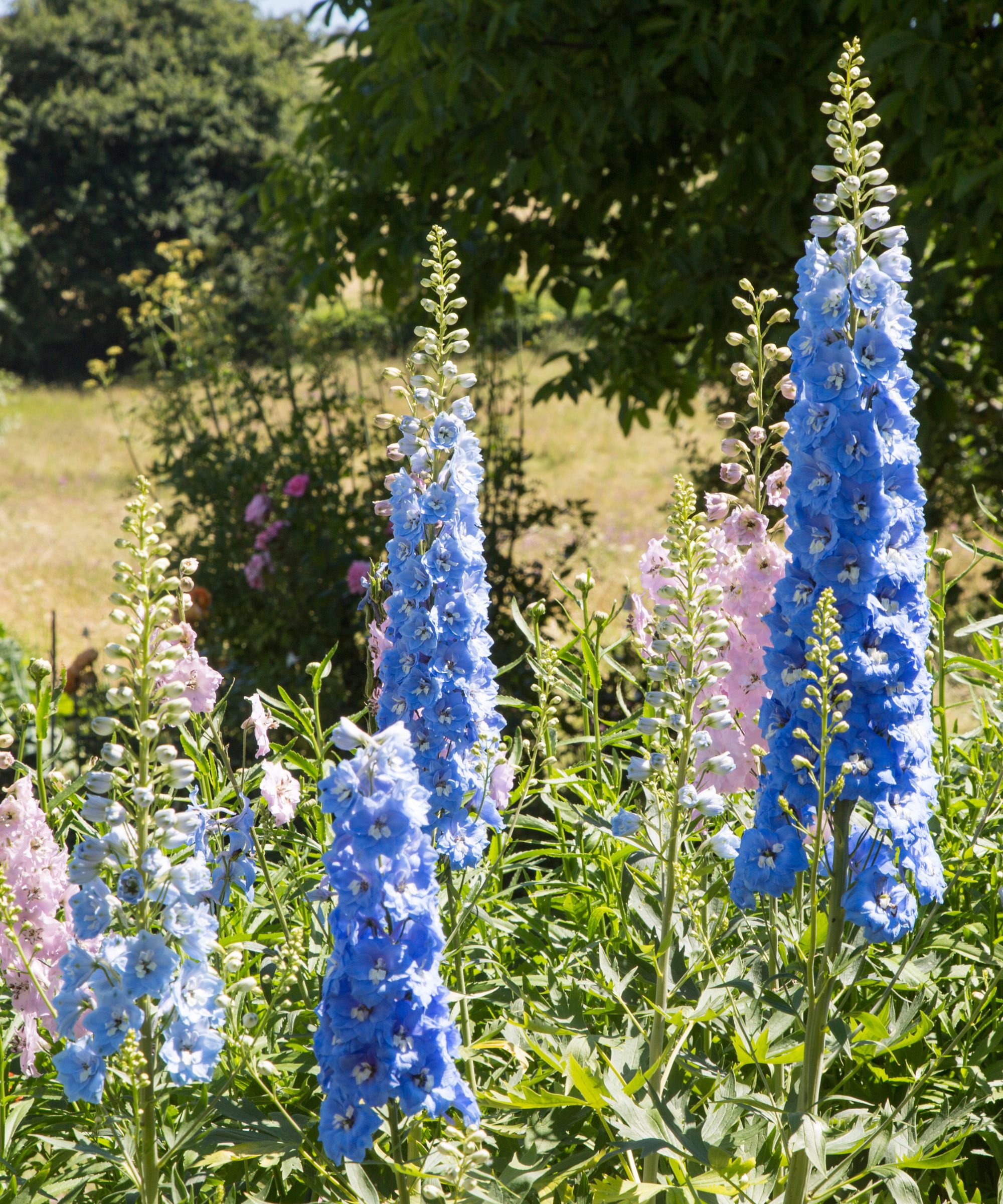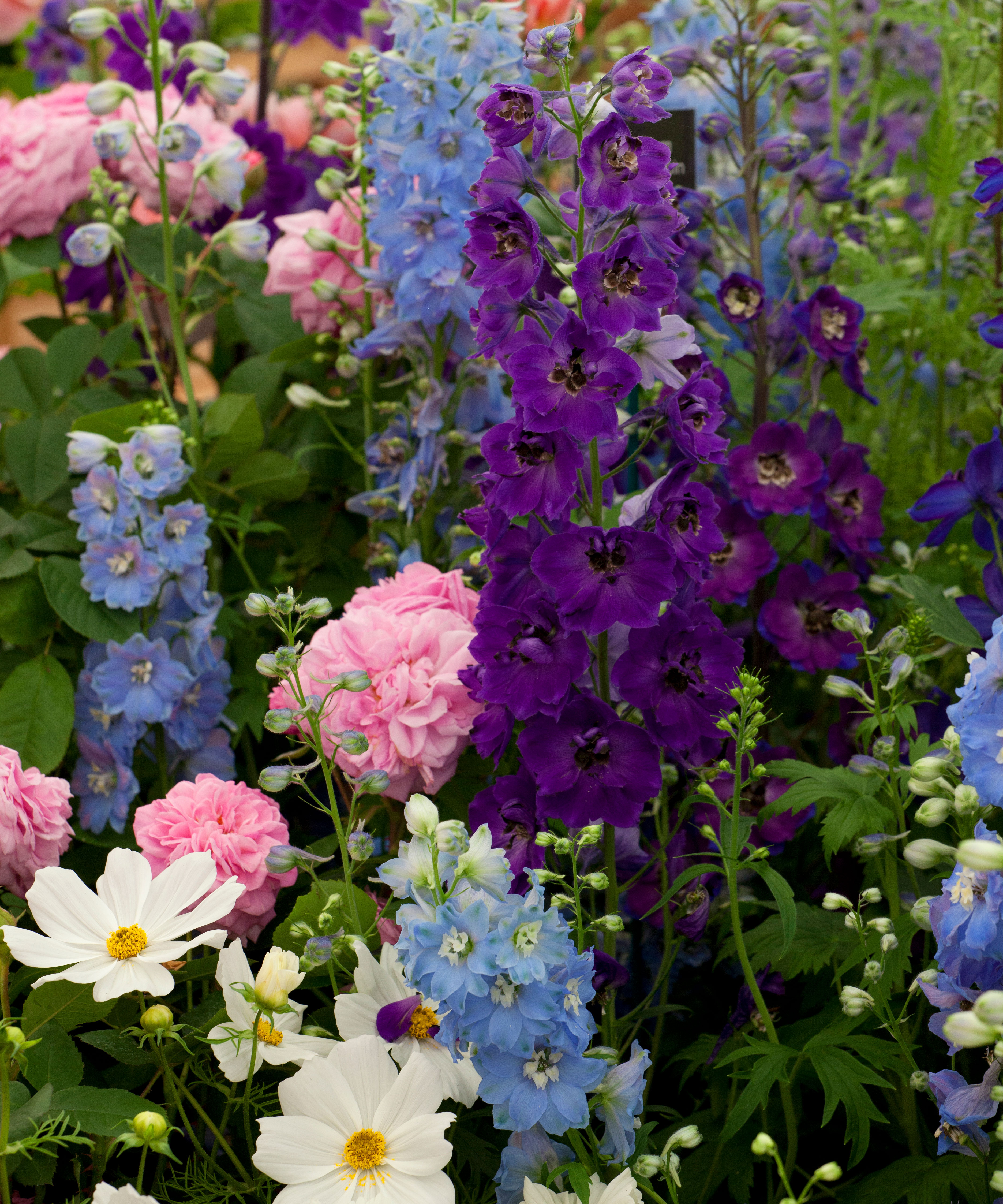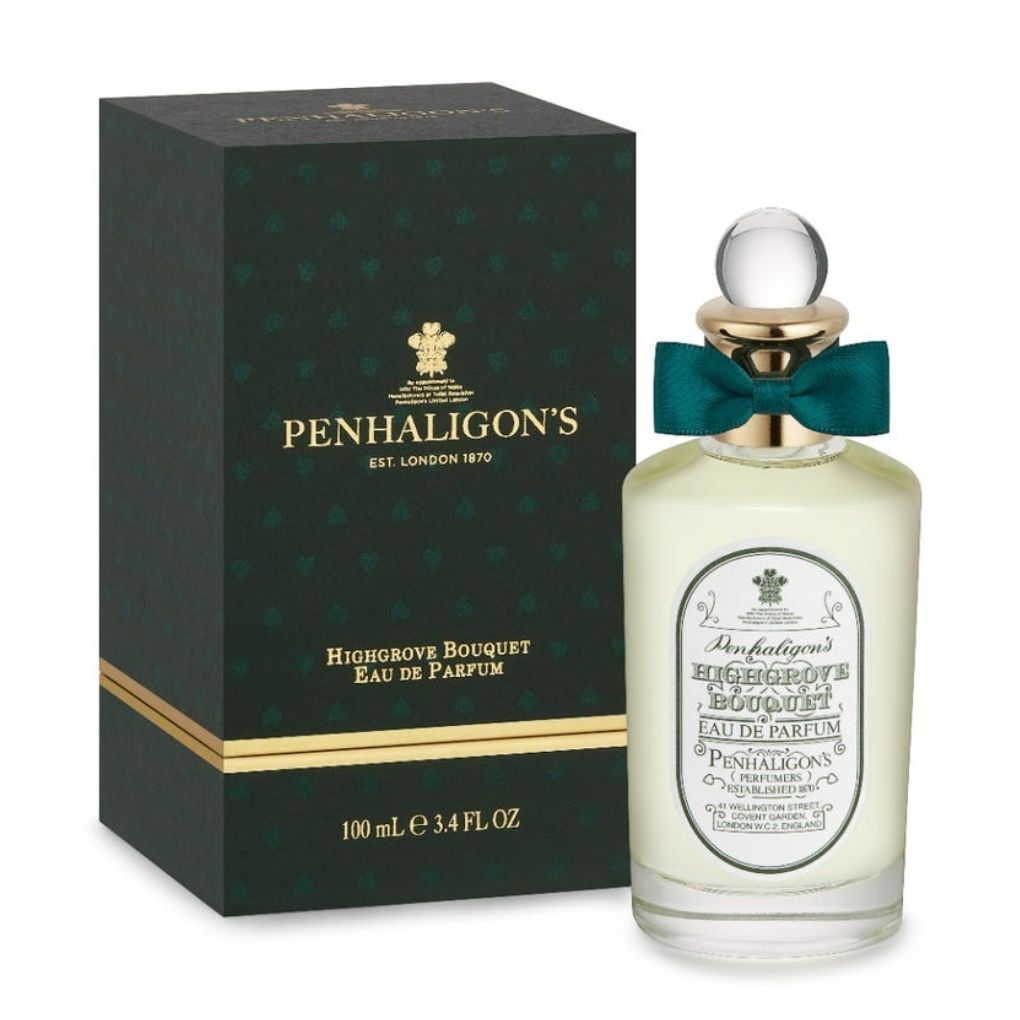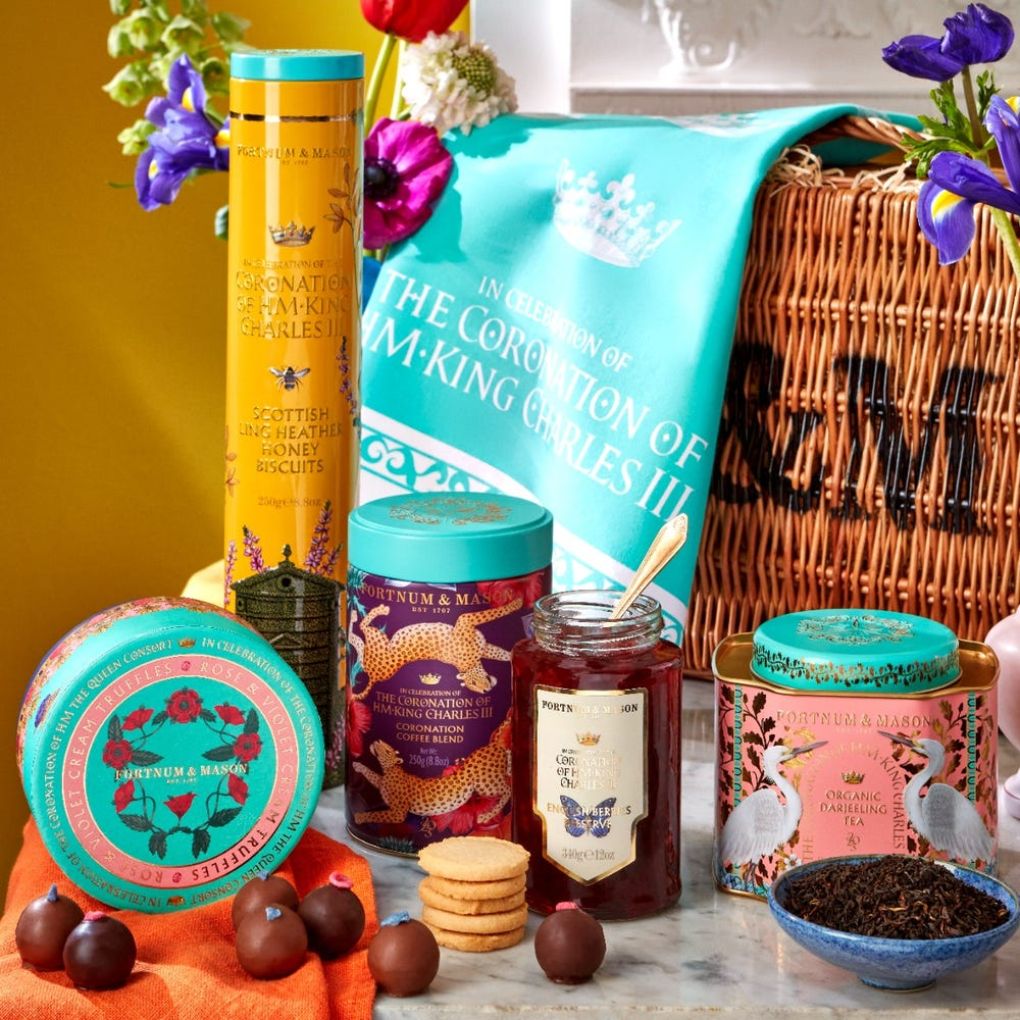King Charles' favorite flower revealed – will dazzling delphinium feature in the coronation and are they easy to grow?
With their striking colors and commanding presence, this bloom is a fitting choice – we find out if they can be grown in your yard


On May 6th, King Charles and his wife, Camilla, will be crowned king and queen of the United Kingdom – and with only two weeks to go, preparations are blooming. With the celebrations come a series of questions – including which flowers we can expect to see decorating Westminster Abbey on the day. And, while we can't be sure, we'd hazard a confident guess at delphiniums – the statement bloom that is officially King Charles' favorite.
'For me, the magnificent, gloriously appareled delphinium, with its impeccable bearing and massed in platoons, holds pride of place in my botanical affections,' the King shared via the Royal Family Twitter account.
Rising tall, in an almost regal fashion, delphiniums can be grown from seed. Inspired to grow your own? We asked horticulturist and botanical designer Nathan Heinrich for his top growing and care tips so that you can enjoy your own blooms long into the king's reign.

Nathan Heinrich is an American-born writer, designer, and horticulturist residing in Italy. The son of a 5th generation walnut and almond farming family, Nathan managed one of California's largest wholesale nurseries before starting his own botanical design company, which he operated in California and New York for over a decade. He is currently renovating properties in both the Prosecco Valley of Northern Italy and Tennessee and hosts a top-5 travel podcast.
1. Get the conditions just right

'It's no surprise that King Charles is so taken with the elegant spires of the perennial delphinium – in fact, for years, their blue, white, pink, and purple blooms have been a favorite of mine as well,' says Nathan Heinrich.
Nathan says mastering the correct sunlight levels is the first step to success.
'Delphiniums, which are members of the buttercup family of flowers, will do best in full sun,' he says. 'They will be quite happy if you provide them with at least 4 - 5 hours of unobstructed sunlight between 11am and 5pm.'
However, despite their love for the sun, these flowers prefer cooler climates with rainy weather with moist soil – so if you live in a rainy state, you're likely to be blessed with the most beautiful delphiniums.
Design expertise in your inbox – from inspiring decorating ideas and beautiful celebrity homes to practical gardening advice and shopping round-ups.
'This is why they have been successfully grown in the cottage gardens of the United Kingdom for hundreds of years.'
Delphinium seeds – $12.00 at Walmart
When following the right tips, this packet of 100 seeds is the start of a colorful, royal-approved garden. The results will enhance the look of your garden with big, beautiful, blooms.
2. Use plant supports

Purple delphiniums
Because delphiniums are so eager to reach for the sky, practising the right support is equally important. 'They can become rather top-heavy, and their brittle stems are at greater risk of being blown over than most other flowers,' the expert warns.
'One of the best tricks for growing delphiniums is to put a sturdy wire tomato cage [such as the one below from Amazon] around the plants soon after planting. As the plant grows, it will hide the cage under its lush foliage until winter.'
Plus, the tomato cage can act as a marker of where your dormant delphiniums are planted – so you don't accidentally dig them up during the colder months.
Plant support cages – $15.99 at Amazon
This 4-pack of sturdy plant cages is perfect for tall plants, including delphiniums. They are designed to support flowers and leaves growing and prevent them from falling over or sprawling outwards – for upright flowers that are healthier for longer.
3. Prune!

With their height in mind, it is essential to master the art of delphinium pruning.
'It is not uncommon for a mature plant to send out 10 flower spikes, but this is simply too many for the plant to support successfully. The energy divided amongst that many flowers will lead to smaller blooms overall,' Nathan explains.
'Mature plants can easily support five flower spikes, while younger plants should be limited to three. The extra spikes can be cut back in May or June, soon after they form.'
Although many delphiniums are hardy perennials, some varieties are shorter-lived annuals or biennials, which complete their lifecycle in 1 to 2 years, Nathan says. However, with the proper care – you can enjoy the king's favorite flower for longer.
'These flowers require a bit of special care, but a happy plant will reward your efforts with years of fabulous blooms and hundreds of seeds for future plants,' Nathan says.
In the meantime, we'll be looking out for this special flower amid the upcoming celebrations.
Love royal memorabilia?
This week's best finds are below.

Penhaligon’s have been the monarch's perfume makers for generations and have a Royal Warrant to prove it. Inspired by King Charles III’s gardens at his country estate, Highgrove Bouquet is a delicate fragrance.

Fortnum & Mason have a well-established relationship with the royal family, so it's no surprise they have a special coronation collection. This includes Fortnum's iconic hamper, filled with their limited edition Coronation range.

A simple commemoration of his majesty, this plate is a simple ceramic heirloom to mark the occasion of King Charles III’s coronation. It features Sir Jony Ive’s stylish and iconic emblem and would make a wonderful gift too.

Megan is the Head of Celebrity Style News at Homes & Gardens, where she leads the celebrity/ news team. She has a history in interior design, travel, and news journalism, having lived and worked in New York, Paris, and, currently, London. Megan has bylines in Livingetc, The Telegraph, and IRK Magazine, and has interviewed the likes of Drew Barrymore, Ayesha Curry, Michelle Keegan, and Tan France, among others. She lives in a London apartment with her antique typewriter and an eclectic espresso cup collection, and dreams of a Kelly Wearstler-designed home.

